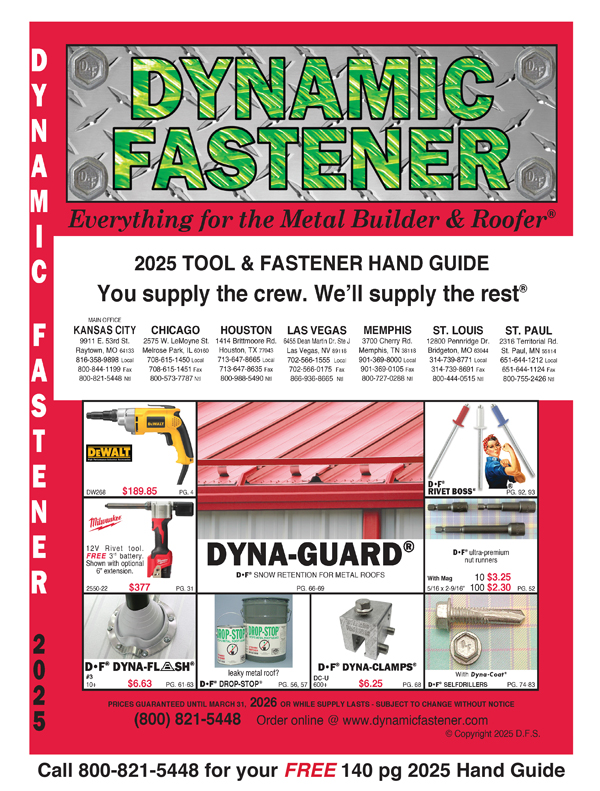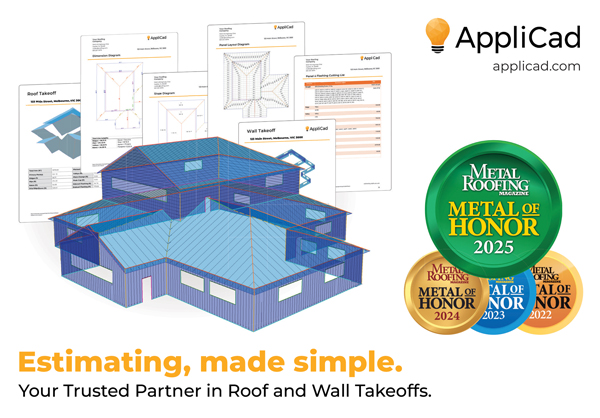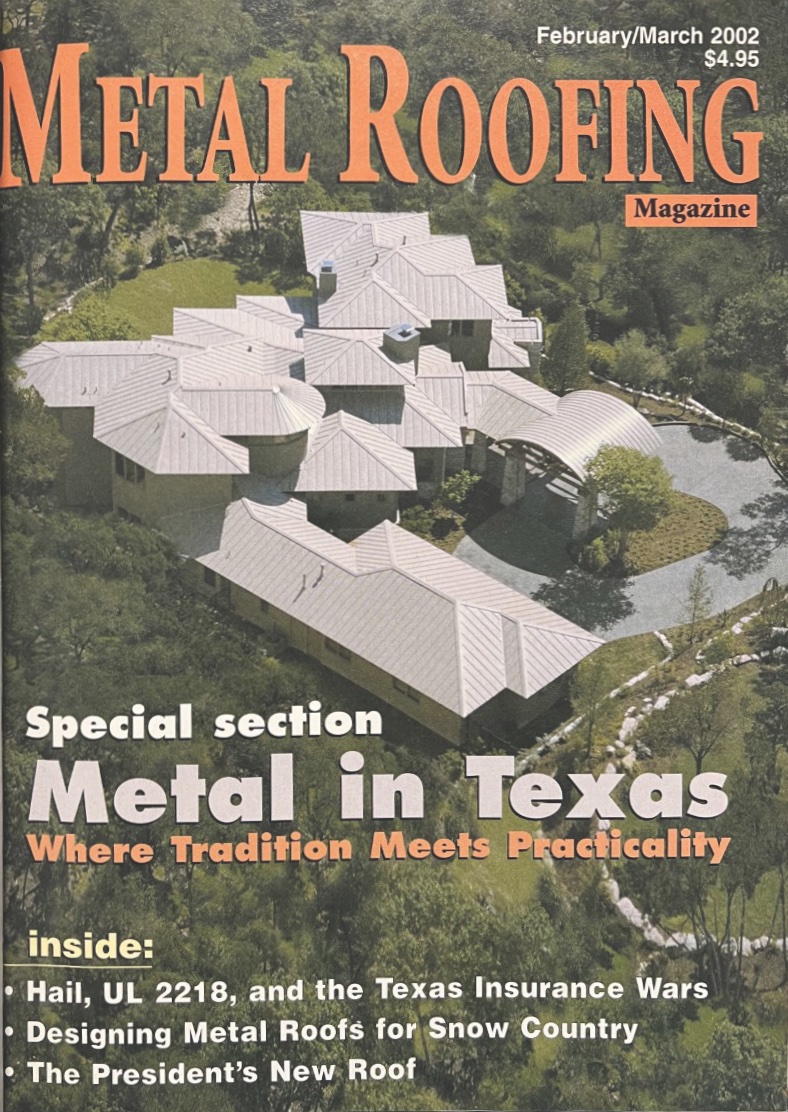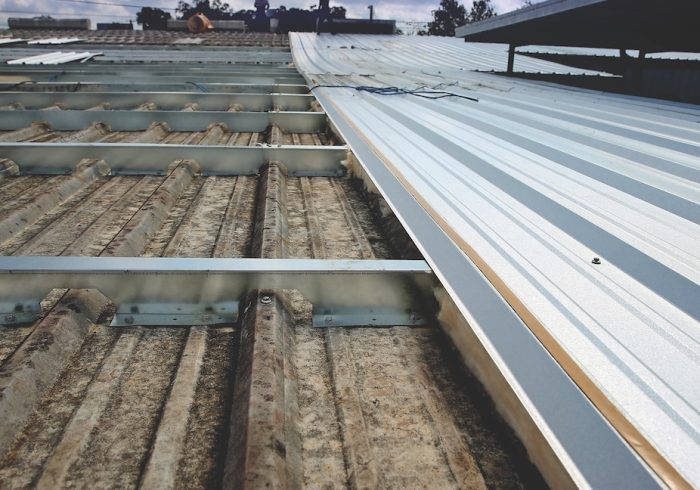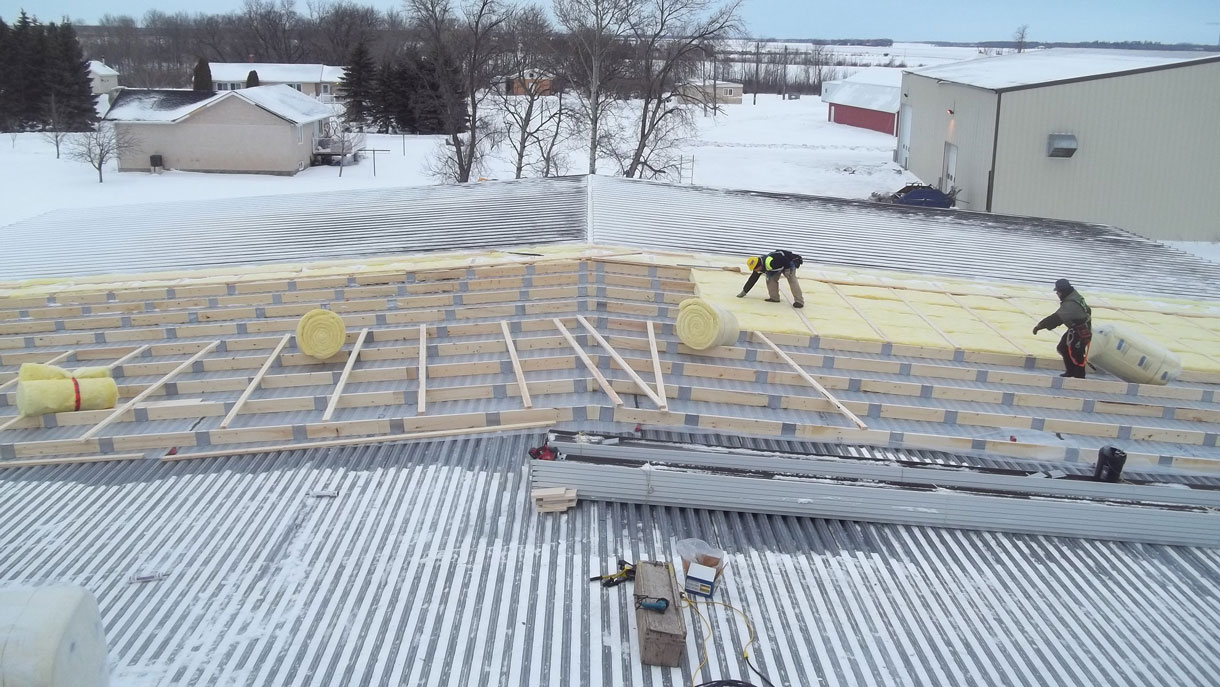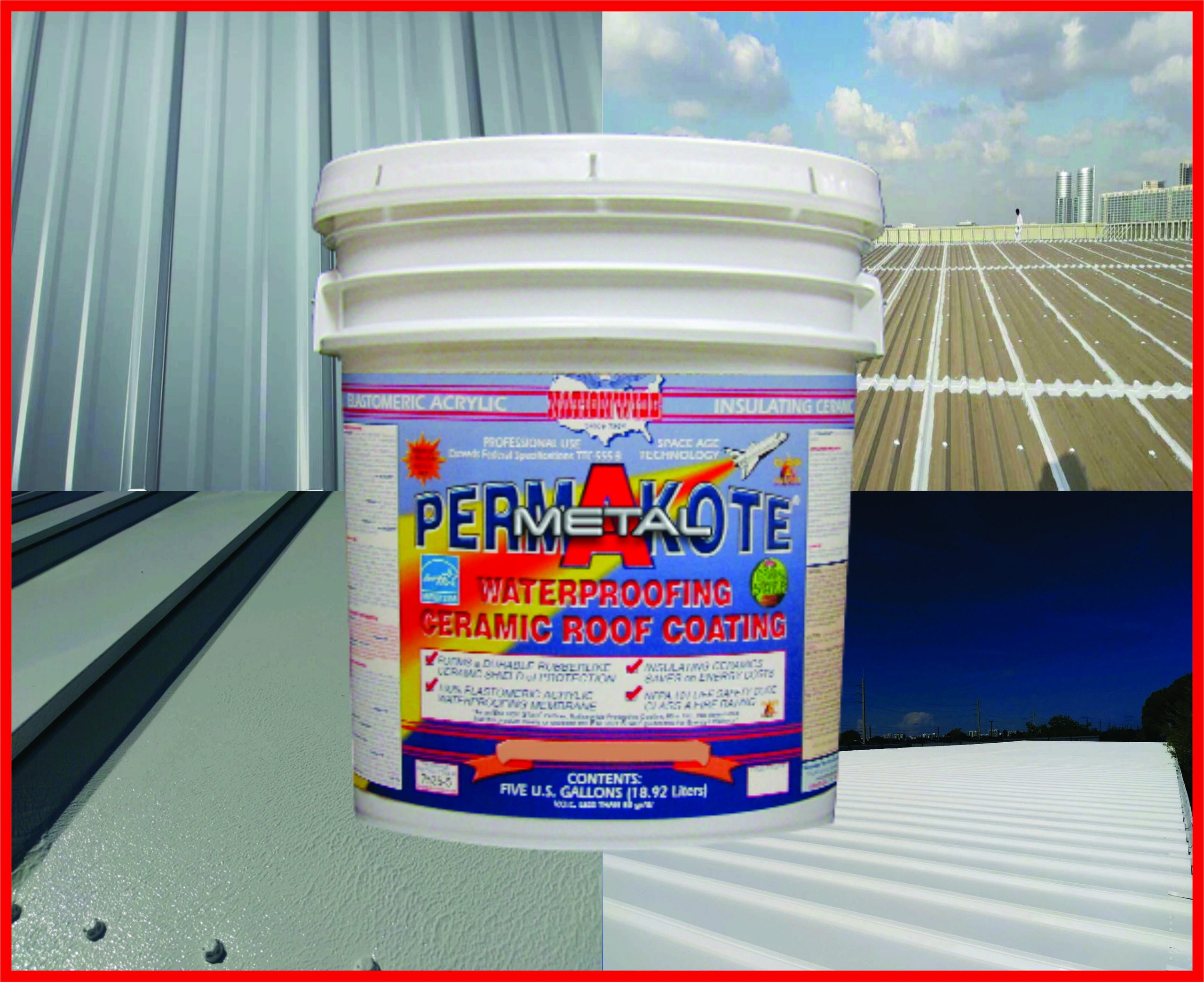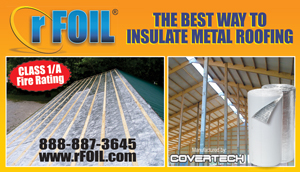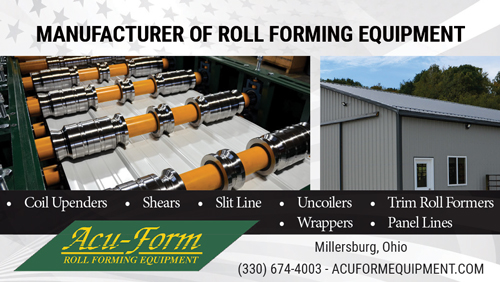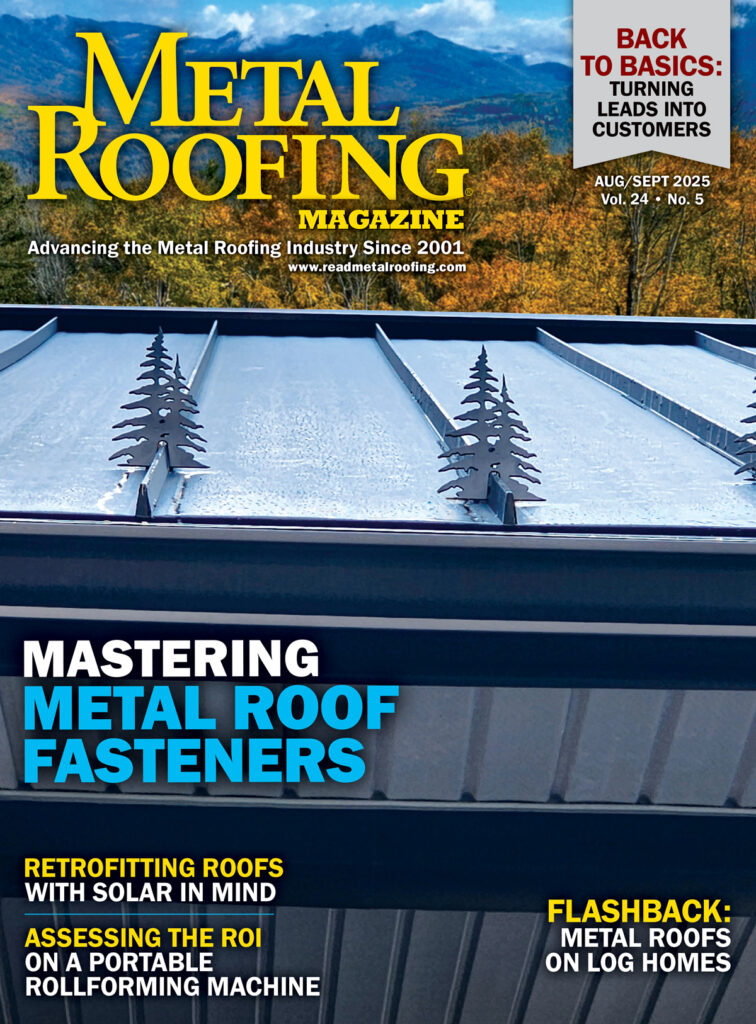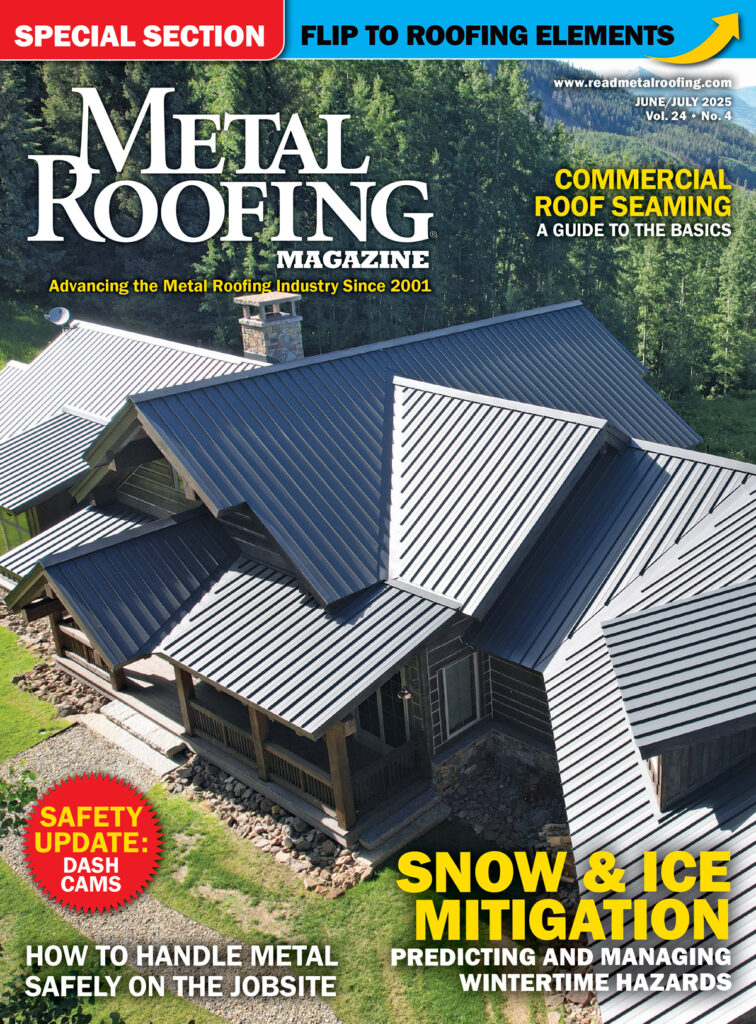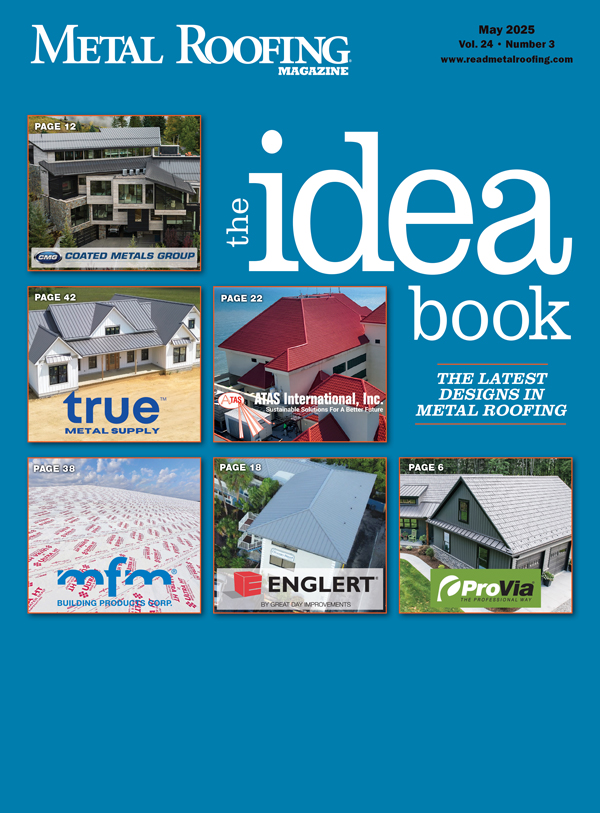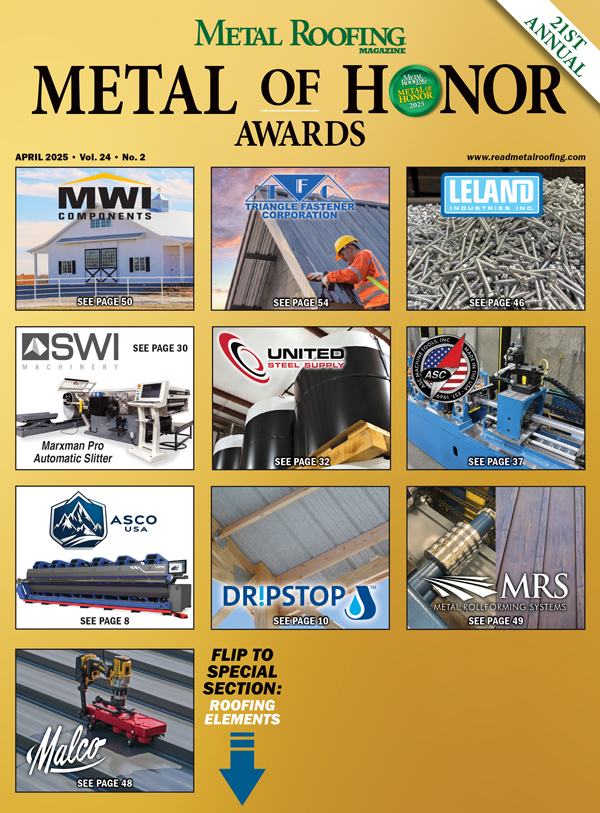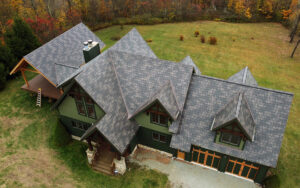During METALCON 2024, industry veteran Todd Miller of Isaiah Industries delivered an insightful presentation on architectural restoration and preservation using metal roofing systems. Todd explored the unique needs of older buildings, explained how metal can meet those needs, and demonstrated why metal is an excellent choice for preserving historic structures. Here’s a recap of some of the key points Todd shared.
Benefits of Metal
According to Todd, metal roofing offers a flexible solution that preserves the past while preparing a building for the future. Metal not only brings older structures up to current building code standards and weather resilience, but it also adapts to changing conditions—especially as worsening weather patterns increase the need for robust roofing solutions.
Reducing Landfill Burden: In many cases, metal can be installed over existing roofing materials, such as old asphalt shingle roofs, thereby reducing waste.
Reducing Carbon Footprint: By reusing and repurposing existing buildings, fewer resources are required for new construction, helping to minimize the environmental impact.
Enhancing Energy Efficiency: Metal roofs perform exceptionally well in the summertime. Their longevity, combined with compatibility for solar panel installations, ensures a worry-free mounting process that lasts longer than the solar array itself.
Goals for Older Structures
Todd identified five key goals for addressing the challenges of older structures with metal roofing:
Renovation: Modernizing an older structure to make it suitable for contemporary use through the incorporation of new materials, technologies, and practices.
Restoration: Returning a building as close as possible to its original state while maintaining historical accuracy. Todd cited Fort Piqua Plaza as an example, where a blend of exterior restoration and interior renovation revived its role as “a vibrant part of community life.”
Preservation: Protecting a structure without permanently altering its original materials, thereby preventing ongoing aging and deterioration.
Conservation: Maintaining as much of the original building as possible in its unaltered state.
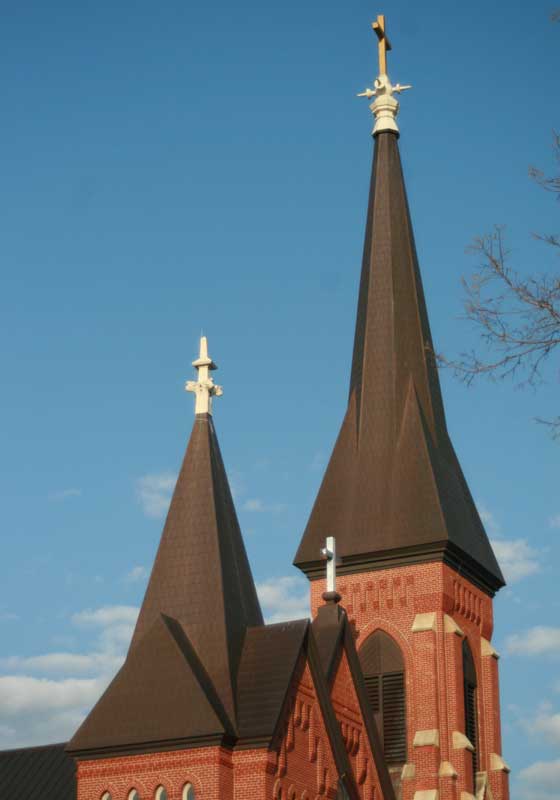
Metal’s relatively low weight makes it a great choice for steep-slope installations. Photos courtesy of
Isaiah Industries
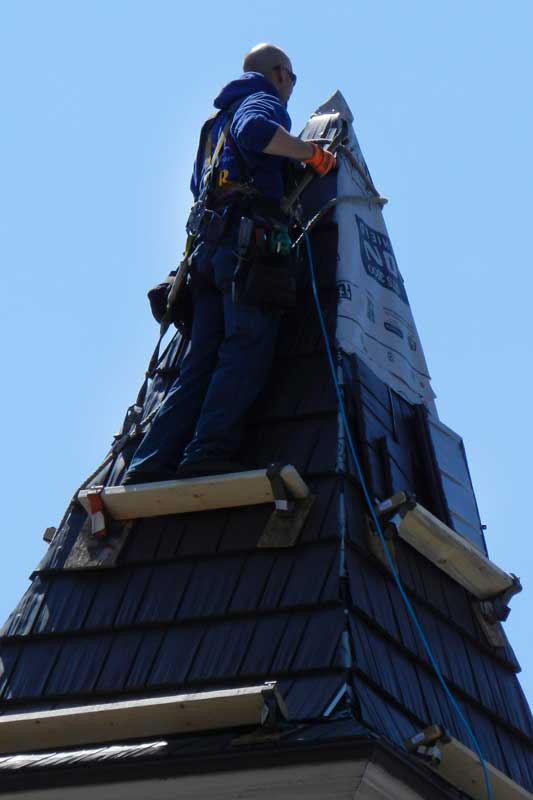
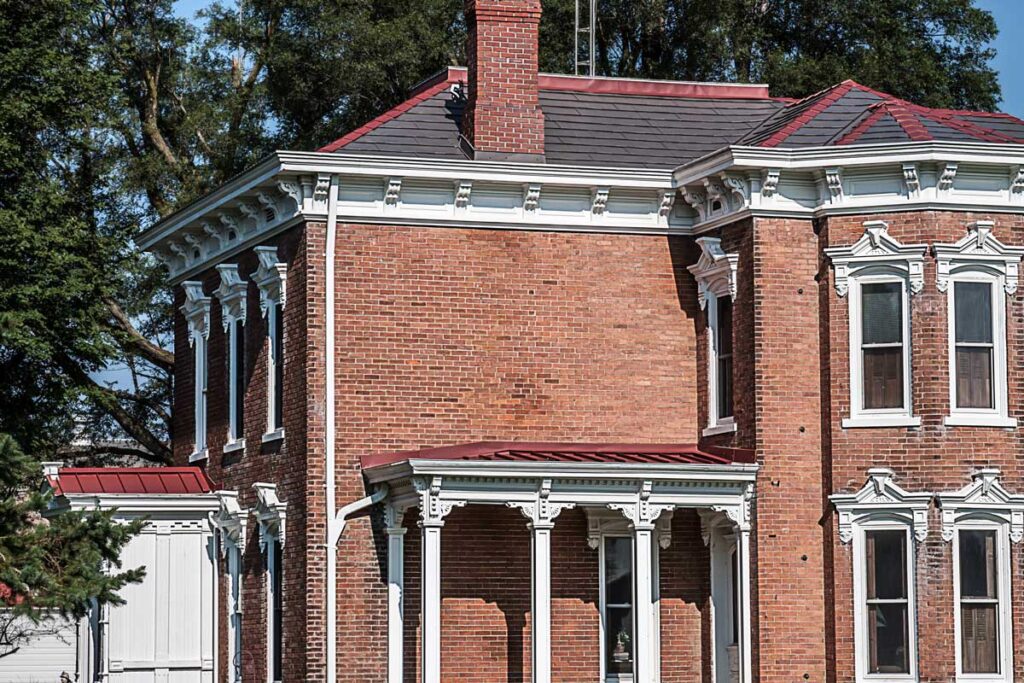
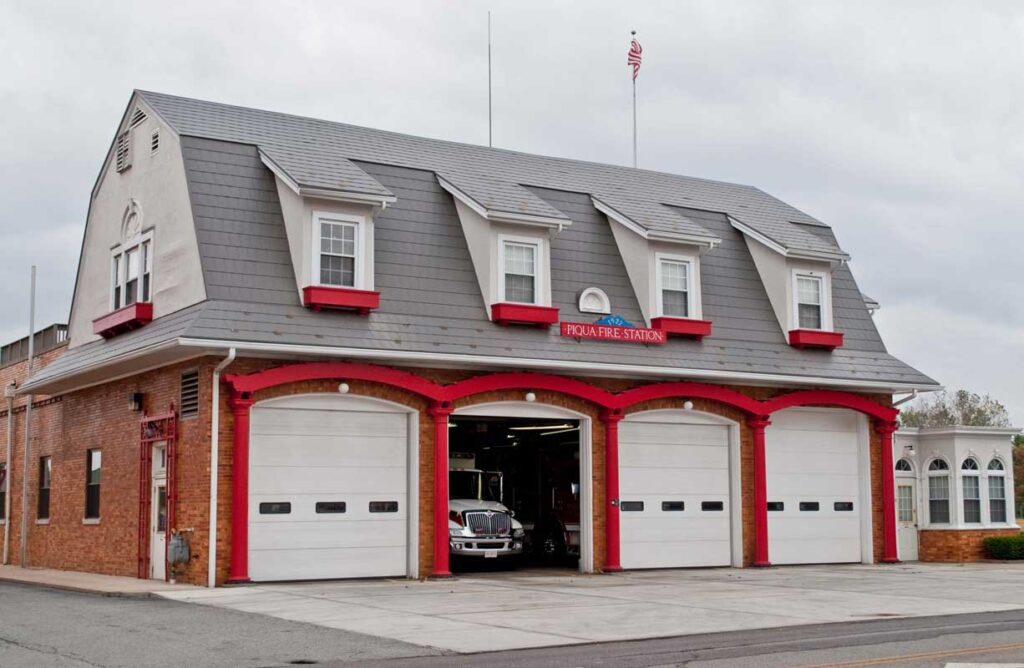
Metal roofing systems can match the aesthetic of any historical building. Photos courtesy of Isaiah Industries
Reproduction: Designing new buildings that capture the aesthetic of older structures.
Todd emphasized that while some projects may involve a combination of these practices, metal roofing products can positively contribute to all five approaches. He also noted that the opportunity for metal roofers is growing, as the average age of buildings in the United States continues to increase—from a median of 31 years in 2006 to 40 years in 2021.
Other factors, as Todd pointed out, indicate a rising demand for metal roofing and structural support:
• Older buildings outnumber new ones.
• Many older buildings are energy inefficient.
• Older structures often have vulnerable, weakened frameworks, making weight loads a significant factor.
• They were not designed for resiliency against increasingly severe weather patterns.
Todd also highlighted that addressing the housing shortage presents an opportunity for repurposing older buildings into lofts, multifamily units, or mixed-use spaces. Metal roofing, with its compatibility for panelized construction and offsite building techniques, can significantly speed up these conversions.
Building Longevity
Metal roofs extend the life expectancy of buildings, whether new constructions or retrofits. He shared that metal has one of the longest expected service lives in construction. While one study showed wood with an expected service life of 51 years and steel and masonry at 77 years, the Metal Construction Association’s research on metal roofs often indicates life expectancies of 80 years or more. Furthermore, many metal building products can be repainted after the original finish has eroded, allowing them to serve as a building’s final exterior envelope when properly maintained.
Todd also recounted how historical metal roofs featured raised seams, flat seams, soldered flat seams, and metal shingles. “Back around the turn of the last century, countless manufacturers produced stamped metal or tin shingles—often called Victorian shingles because of the era. Then, due to the demands of World War I and the Great Depression, these products fell out of favor,” Todd explained. Today, companies like WF Norman and Heather & Little still manufacture these products using traditional equipment, while modern versions are produced by companies such as Berridge, Metal Shingles, LLC, and Isaiah Industries. These historical panels, which interlocked on the sides but not on the top and bottom, helped inspire the extensive range of modular metal shingles available today.
Why Metal Is a Good Choice for Older Buildings
Todd Miller noted several reasons why metal is especially suited for older structures. Metal roofing materials typically add less weight per square foot compared to alternatives like slate or even asphalt shingles. For example, steel roofing weighs approximately 1 pound per square foot, whereas slate weighs between 7 and 12 pounds per square foot, and asphalt shingles weigh between 2.25 and 3.75 pounds per square foot. In older buildings, lighter roofing materials can prevent structural damage, particularly during seismic activity.
Additionally, retaining the old roof while installing metal can eliminate the need for landfill disposal and enhance energy efficiency. Retrofit systems can even be used to adjust roof pitch where necessary. Metal systems, often featuring interlocking panels, offer superior wind resistance and adaptability for installation over various surfaces. Moreover, metal’s versatility in mimicking other materials means it can deliver an aged, authentic appearance while providing the benefits of modern performance.
Conclusion
Todd Miller of Isaiah Industries demonstrated that metal roofing is not just about durability—it’s about honoring the past while building for the future. From improving energy efficiency and reducing environmental impact to preserving the historical character of older structures, metal roofs offer a versatile, long-lasting solution. By addressing the unique challenges of older buildings with tailored approaches like renovation, restoration, preservation, conservation, and reproduction, metal roofing is proving to be an invaluable asset.
As our nation continues to repurpose aging buildings and address housing shortages, the role of metal roofing will only grow more significant. If Todd’s expert insights are any indication, it’s clear that the future of architectural restoration and preservation is both resilient and innovative. MR


